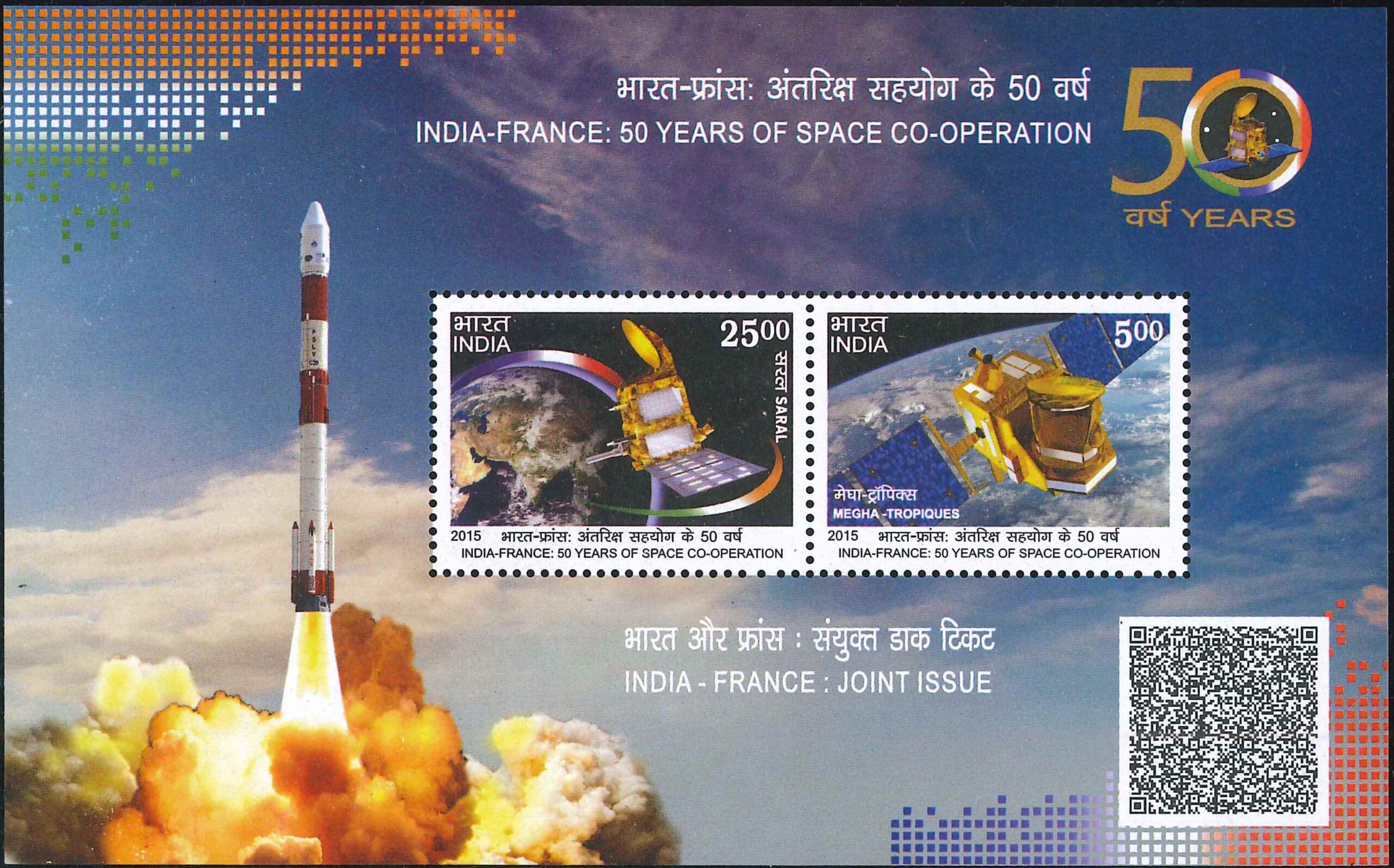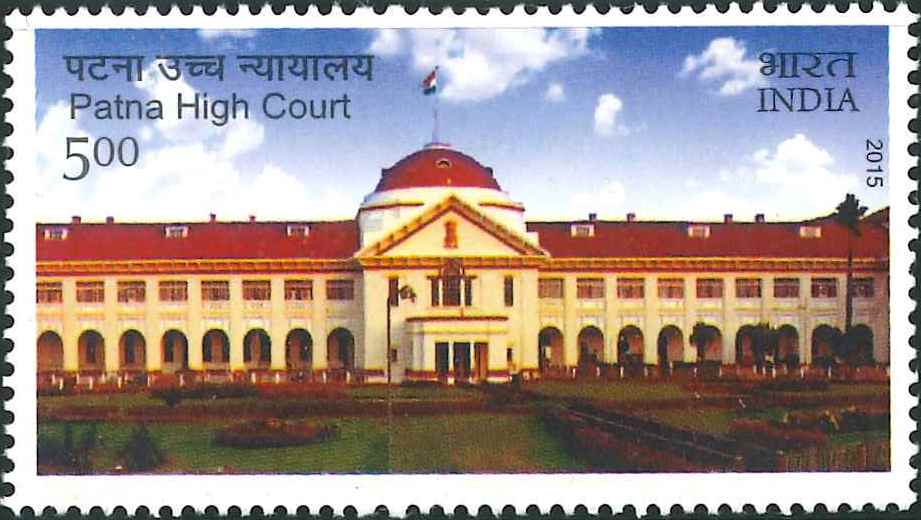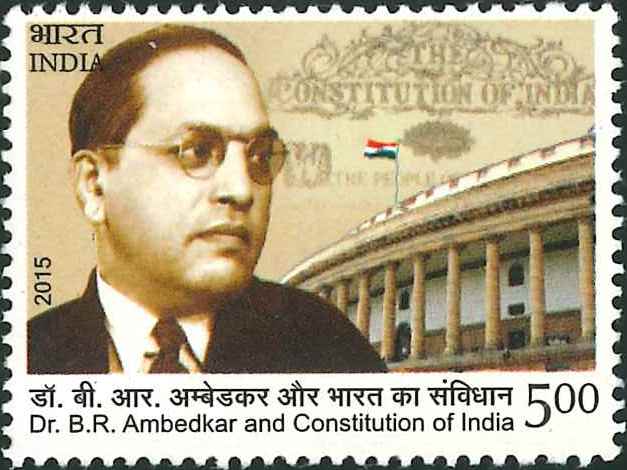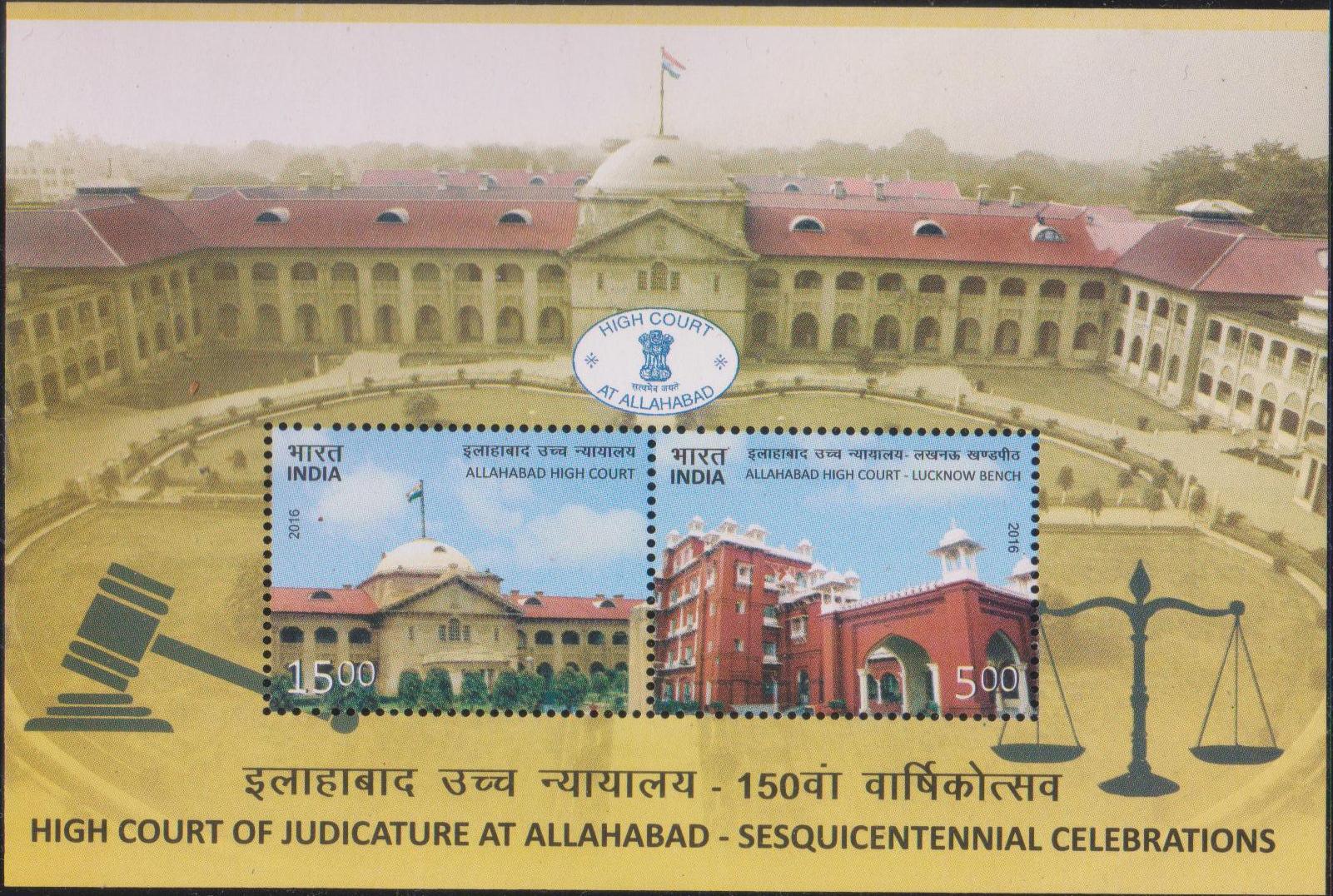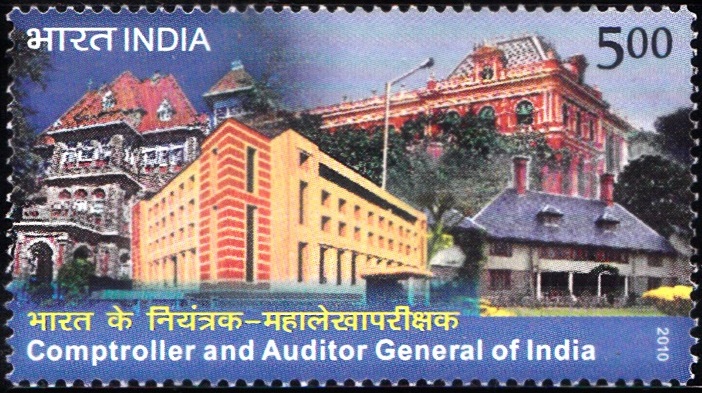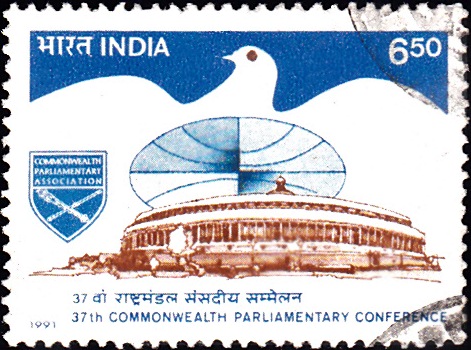
India-Singapore : Joint Issue
Complete Set of 2 nos of special postage stamps on the 50th Anniversary of the Bilateral Relationships between India and Singapore : Official Residence of President :
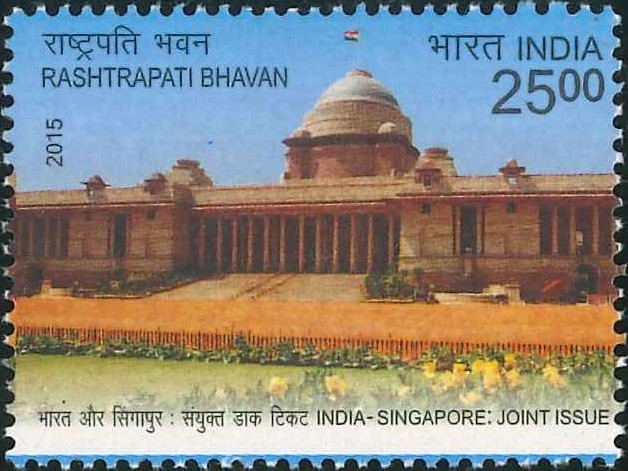
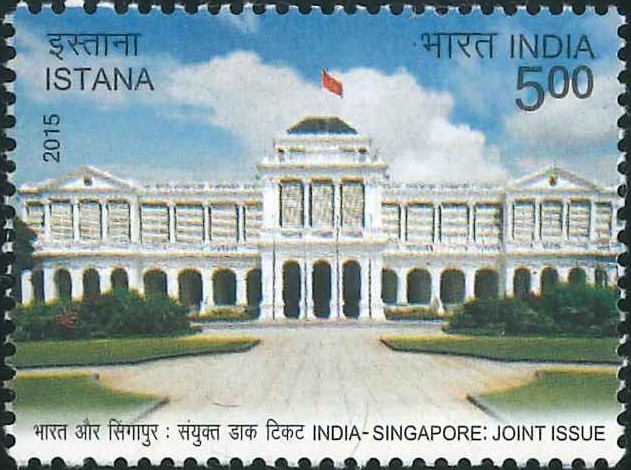 Issued by India
Issued by India
Issued on Nov 24, 2015
Issued for : Department of Posts is pleased to release a set of two commemorative postage stamps on theme India–Singapore : Joint Issue featuring ‘Rashtrapati Bhavan’ of India and ‘Istana’ of Singapore.
Credits :
Stamp/FDC/Cancellation Cachet : Alka Sharma
Type : Stamps, Mint Condition
Colour : Multi Colour
Denomination : 2500 & 500 Paise
Stamps Printed : 0.3 Million each
Printing Process : Wet Offset
Printer : Security Printing Press, Hyderabad
About :
- India and Singapore enjoy excellent bilateral relationships with each other with frequent and active interaction through different platforms that allow both countries to exchange views on many issues of common concerns. The cooperation covers multiple areas in economic, commercial and also culture. These collaborations have been fruitful and beneficial for both countries and the ties of both countries continue to grow from strength to strength over the years.
- This year, 2015 will be the 50th anniversary of Singapore and India’s bilateral relationship. To commemorate this significant milestone, the India-Singapore Joint Stamp Issue is being released. Depicted in this joint stamp issue are the presidential residences of both countries – The Istana of Singapore and Rashtrapati Bhavan of India.
- Rashtrapati Bhavan :
- Formerly the British Viceroy’s house, the building that stands at the heart of the modern Indian Republic became Government House on 15 August, 1947, when India gained Independence. It became the residence of Chakravarti Rajgopalachari, the first Indian Governor-General, on 21 June, 1948, when he was sworn in following the departure of Lord Louis Mountbatten, the last British Viceroy and first Governor-General of India. It was renamed Rashtrapati Bhavan on 26 June, 1950, after the assumption of office by the first President of India, Dr. Rajendra Prasad.
- Rashtrapati Bhavan was built between 1913-1929. Among the largest official residences of any Head of State, Rashtrapati Bhavan is an H-shaped building. The building has four floors with 227 columns, 37 fountains and 2.5 kilometres of corridors – all of its spread across a vast five acres. The central ceremonial hall within the building is known as the Durbar Hall. It is used for all major state functions. The first Government of Independent India under the leadership of Jawaharlal Nehru was sworn-in here on 15 August, 1947.
- The grandest room in Rashtrapati Bhavan is, arguably, the Ashoka Hall. Once a ballroom, the Ashoka Hall retains its orchestra box from where, on formal occasion, the President’s Bodyguard announces the President’s arrival by trumpet. The Ashoka Hall has been described as a ‘large jewel box’: its every element is exquisite.
- If the Rashtrapati Bhavan is a masterpiece of architecture, the 15-acre Mughal Garden is its soul. The landscape follows the exquisite symmetry of the Persian-inspired charbagh tradition, which gave India some of her loveliest gardens, including the beautiful royal gardens of Kashmir. The Mughal Gardens are at their glorious best in February and March when they are thrown open for public viewing. The President hosts two grand receptions here every year, one to mark Republic Day on 26th January and the other on 15th August, India’s Independence Day.
- Istana :
- The Istana is the official residence and office of the President of Singapore. It was designed and built by Colonial Engineer, Major John Frederick Adolphus McNair. In 1867, the Colonial Government under Governor Sir Harry St George Ord bought over 100 acres of land belonging to Charles Prinsep’s nutmeg plantation. The foundation stone was laid by Lady Ord, wife of the Governor, in July 1867.
- The entire brickwork, exterior of plastering and most of the flooring and interior work of Government House were done by Indian convict labourers. They were brought in from Bencoolen in Sumatra because the unskilled local coolies at that time were not capable of carrying out the classical design. These convict labourers worked as stone masons, plumbers, carpenters, painters and stone cutters. They even operated the kilns (used for making bricks, mouldings, copings and architraves) that were constructed on site. They were paid 20 cents a day.
- An initial sum of $100,000 was voted and approved by the Legislative Council for the building of Government House in July 1867 based on the first plan by Major McNair. A plan for a larger building was subsequently approved in place of the first plan. Major McNair, however, made the mistake of not providing an estimate for the larger building owing to the shortage of staff in the Public Works Department. As a result, there was insufficient fund to complete the Government House. Fortunately, at about this time, it became known that the Duke of Edinburgh – the second son of Queen Victoria – would be visiting Singapore. Major McNair seized the opportunity and cited among other reasons for an increase in budget, that expenditure on items such as sun-shades, louvre boards, bells and cook’s house was necessary to get the Building ready for a visit by the Duke.
- In February 1869, the Legislative Council approved an additional sum of $40,000 without question. Subsequently, when the accounts were closed, the Government House was found to have cost $185,000.
- Text : Based on the material received from Rashtrapati Bhavan, Singapore Post and official website of Istana.
Subscribe
Login
0 Comments


